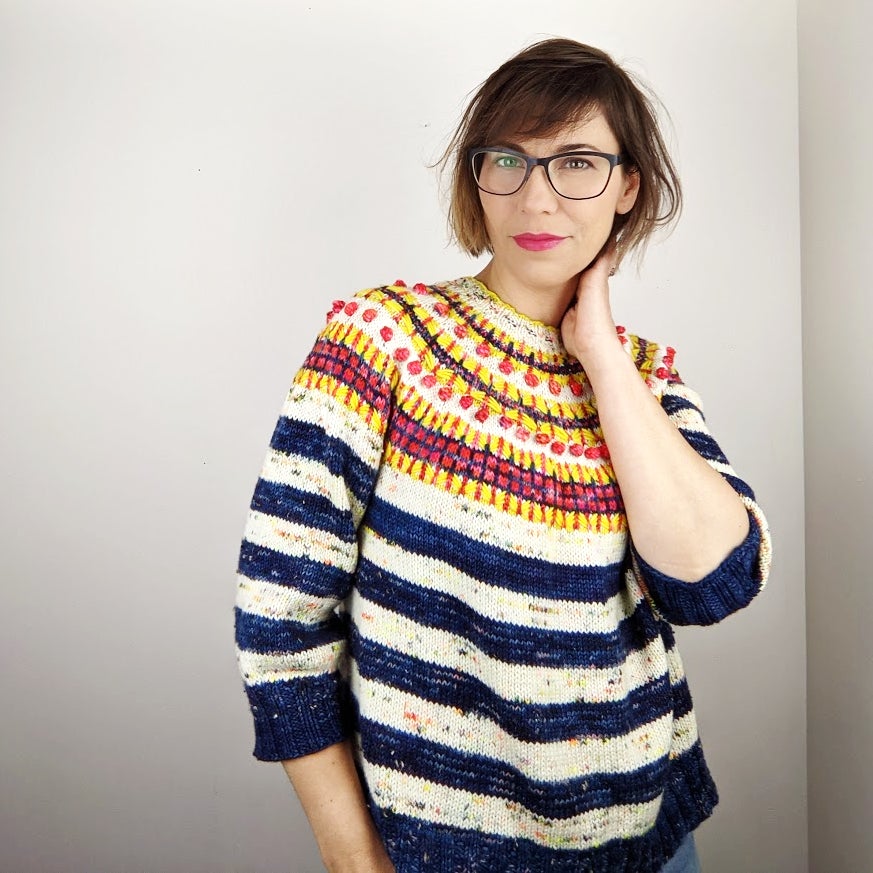What Are Interchangeable Needles, Anyway?
- stephanie8447

- Jan 22, 2021
- 3 min read
Considering how much I love my various sets of interchangeable needles, you might be surprised to learn I didn't get my first set until a decade into my knitting career. (It was still more in the hobby stages back then.)

Before I got the set, I was making the most of the tools I already had, some of which were inherited, or purchased for a specific project on the rare case I made it to a yarn shop. So if a pattern asked for a 3.25 mm needle and all I had was a 3.5 mm, I didn't go shopping - I made it work (or made a mess, just as often). You might be in the same spot, curious about these kits and reading reviews, but not really understanding what kind of knitting is best suited to interchangeables. Here's what I wish someone had explained to me:
Interchangeable needles are circular needles. While you can knit flat on them, if you never knit in the round, owning these would be like using a bicycle as a granny cart - it'll work, but it's a weird way to get around.
Interchangeable needles come apart - the tip (the hard part you knit with) and the cable (the cord that runs between the two tips) are separate pieces that can be joined in various configurations. There are two ways to look at what this offers you, the knitter.
The Needle Size View: You are knitting a sweater, from the bottom up. The ribbing is knit on 3.5 mm needles. Then the pattern says "change to larger needles." You can simply detach your 3.5 mm tips, replace them with 4 mm, and keep knitting. Without the kit, you'd need to have both a 3.5 mm 32" circular and a 4 mm 32" circular. Your kit has just saved you the money and the trouble of needing both those needles.
The Cable Length View: You are knitting a shawl, which starts with just a few stitches, but quickly grows with multiple increases every other row. Soon, you are squishing your stitches to fit on your 24" circular needle and worry you will lose stitches if you put it down. You unscrew the working needle tip from the short cable and replace it with an end stopper. You screw that tip onto a longer cable (and if you are smarter than me, add an end stopper to the other end) and start knitting your next row onto the longer cable. When finished unscrew the other needle tip and move it to the longer cable. Without the kit, you'd need to have a 24" length and a 32" length (and maybe even a 50") all in the same needle size to work comfortably on your shawl. Your kit has saved you the money and trouble of needing one or maybe two extra sets of needles.
Having one of these kits means never* falling in love with a pattern and digging around in your tools to find you have the right size needle, but not the right length. Or you have one of the needles needed, but not the other. I think for every knitter there is a threshold, a certain number of times we've had this moment, and that's the day we start looking up interchangeable kits.
* Never is a long time. For sure, at some point, no matter what kit you buy, it will not have what you need in it. Which is why there are add ons.




Comments